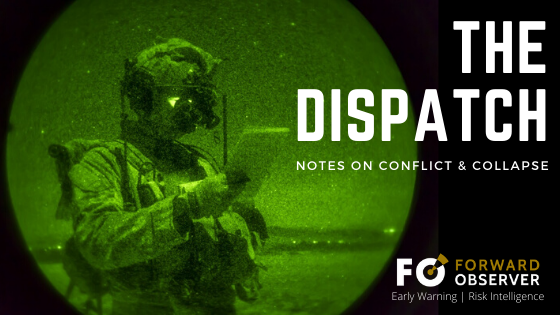An Early Warning reader just emailed to send his thanks for my economic report yesterday.
“I had no clue what I was missing with these reports, this is outstanding information. Please, please continue your work. It is so immensely valuable, and appreciated! You’re whole team is super well educated and I greatly appreciate your work, thank you!”
I want to pass a few things along from yesterday’s Economic Early Warning report.
First, is there a housing bubble? I pulled this chart from St. Louis Federal Reserve data, which shows home purchase prices versus average hourly earnings. You can see the 2008 housing collapse followed by the reflation of another housing bubble. According to the latest data, home prices have risen 20% over the past 12 months. A lot of new buyers are going to be underwater when home prices collapse again.
Second, I’ve seen some rumors and predictions of coming beef shortages. If this is something that concerns you, I do recommend that you sign up for my Early Warning service, because I’m tracking these numbers on a near daily basis. Cattle on feed is up 5% from last year, beef production is up 29% and cattle slaughter is up 27%. According to USDA data, shortages aren’t imminent, but we’re likely to see higher prices.
That said, between drought conditions, lower hay and grain yields, and higher input costs, another round of herd culling this summer could lead to shortages. I will warn Early Warning subscribers as soon as I see these conditions start to develop, but know that it’s not my base case scenario.
Lastly, there’s some concern about what happens later this year or next when the Fed starts to taper asset purchases.
In 2020, the Fed again stepped in as the “lender of last resort,” buying up assets, especially high risk bonds, to prevent a collapse. The monthly purchases continue to this day. There’s a growing sense of unease not only at the Fed’s $7.9 trillion (and growing) balance sheet, but also about how the Fed is going to pare that down.
Specifically, I have two concerns. First, will the Fed accidentally trigger a financial crisis during this pivot? Is there going to be a 1929-style crash once investors hit the exists because the Fed signals an end to their purchases? There’s a good chance of that happening.
I may have shared this chart with you already, but it shows just how overvalued the stock market currently is. The potential for a 1929-style crash is not hyperbole.
My second concern has to do with the Fed’s inability to sell off its assets before the next financial crisis, when they’re going to have to start buying again. At what point does the Fed risk a hyperinflationary environment? Are we going to see it at $12 trillion? $15 trillion? $20 trillion? Nobody knows, not even the Fed. But we’ll find out after it’s too late. (Read When Money Dies, about Weimar hyperinflation, for a good history lesson of how this could happen.)
The bottom line is that this “recovery” is hollow, and we still have massive fundamental and systemic risks. There are no good options left, only painful ones.
And I write about these risks every week. Every Thursday, I publish the Economic Early Warning report to provide perspective to readers, along with my judgement of what’s more likely to happen and less likely to happen.
If these things concern you, then you literally can’t afford not to stay aware of the risks. I make it easy. Subscribe to Early Warning.
Until next time, be well.
Always Out Front,
Mike Shelby

